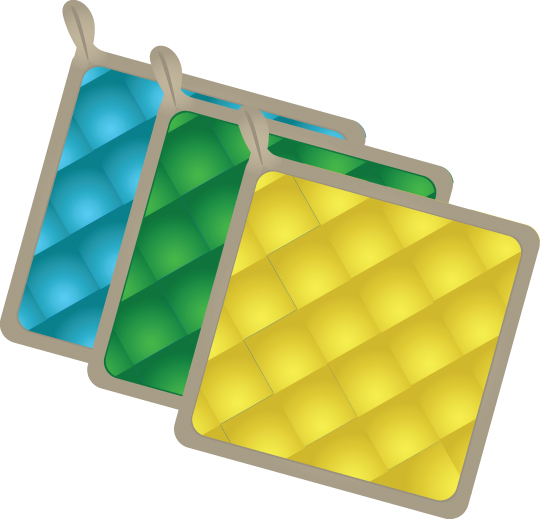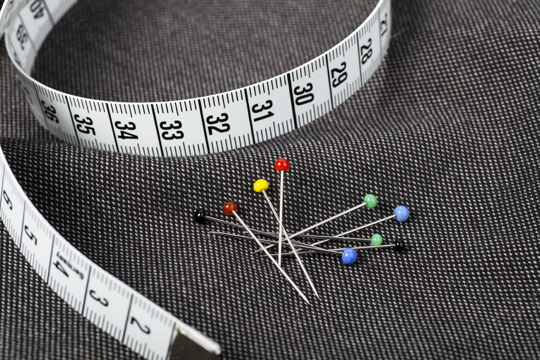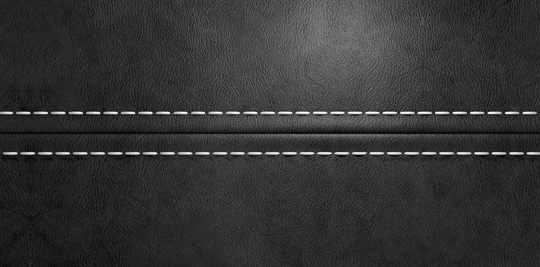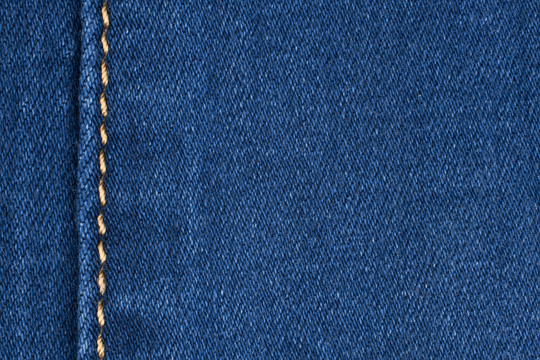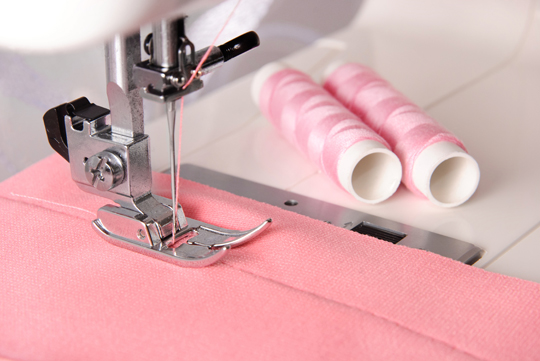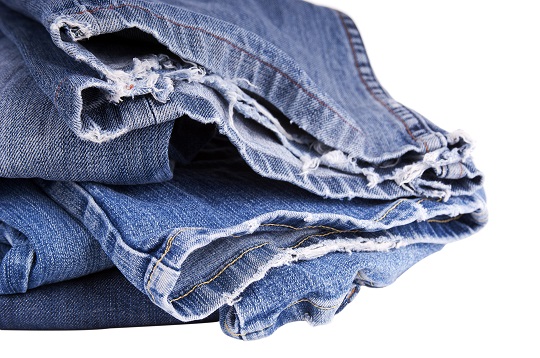The clothes we wear on a daily basis reflect our fashion sense and make us stand out, but also protect our bodies against a wide range of threats. Despite the fact that there is no such thing as a 100% fireproof clothing item, one can easily profit from a high-quality heat resistant fabric designed to resist fire in a much more effective manner than traditional materials. What are the attributes of heat resistant materials? Could we actually enhance the ignition resistance of our favorite materials fast and effortlessly? Keep reading to discover the answers to all of these questions and more.
Why is it so important to wear clothes made from heat resistant materials?
Most people don’t usually think about an emergency situation until they are forced to experience it. Unfortunately in such cases, lack of preventive measures leads to unwanted complications. The right clothes can save lives and minimize injuries in case the people who wear them become the victims of a home fire. On the other hand, certain materials are incredibly hazardous and can put their lives on the line. For instance, despite the fact that they display an elevated ignition resistance, nylon, acrylic, and polyester can cause severe skin burns because they melt easily.
How could we improve the heat resistance of our favorite materials?
Let’s face it: We wouldn’t want to go around town dressed like a fireman just to profit from the elevated protection ensured by a fireproof outfit. This is why you should be fully aware of the fact that your favorite materials can be improved to withstand increased temperatures. Materials made of natural fibers (wool, cotton, silk) and synthetic fibers (nylon, acrylic, and polyester) can become more flame resistant if a special chemical solution is applied on their entire surface.
How to find the perfect flame-resistant materials
These days, you have the chance to opt for innovative materials used by reputable manufacturers to create modern armors and top-quality bulletproof vests used by policemen. If you want to minimize risks and also wear comfortable clothes made from durable, heat resistant fabrics, all you need to do is to contact the best tailor in your area and discuss your options. Don’t waste any time in the process, and rely on TalkLocal to identify some of the most popular tailors operating in your area.

